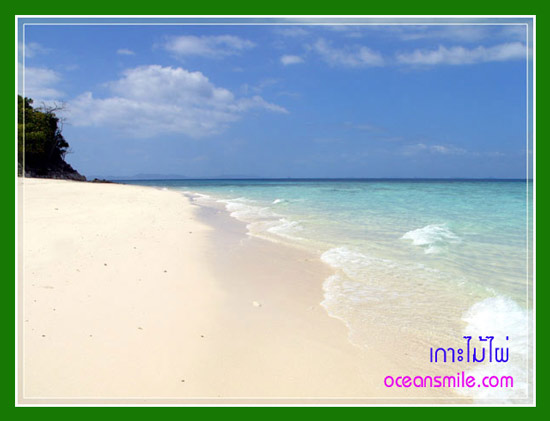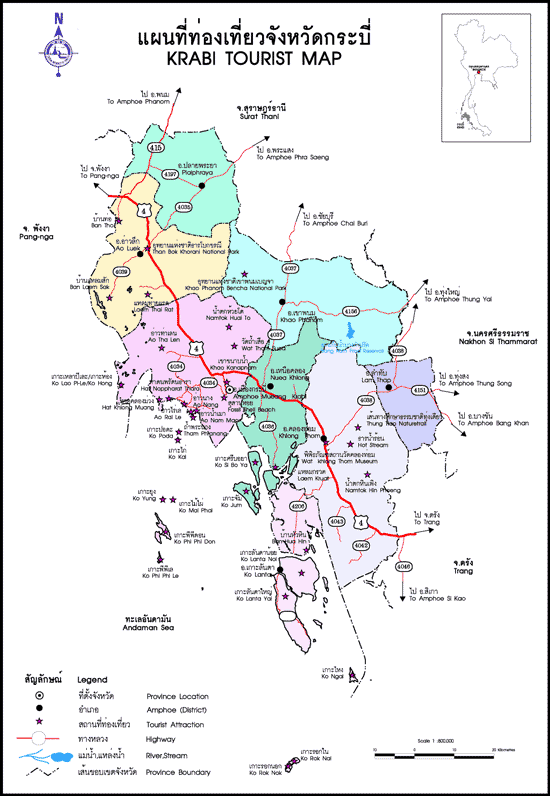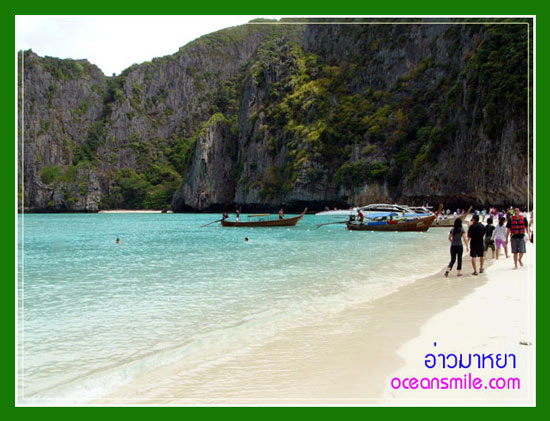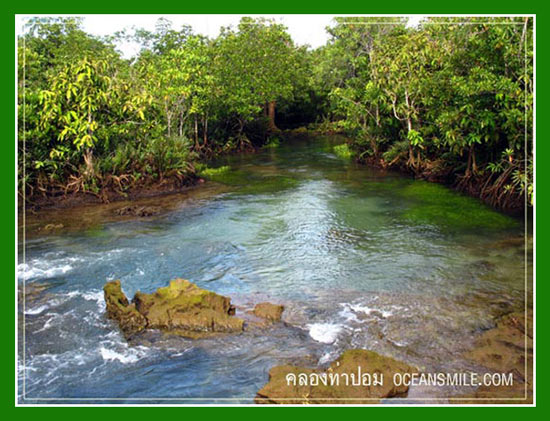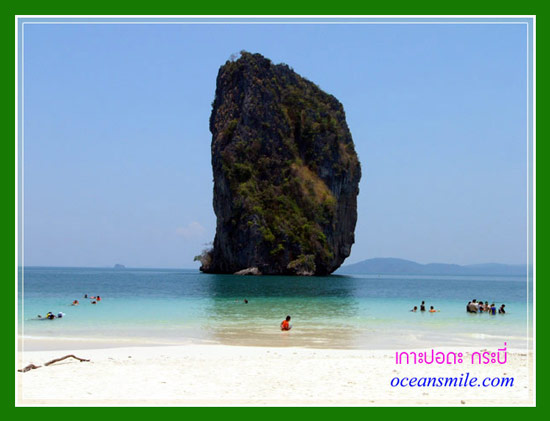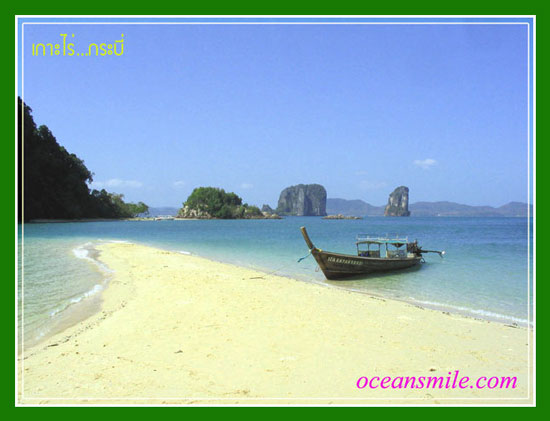
Since its inception as the capital of Siam, it was at the center of European Colonial plans, but due to its strategic location in Indochina, it acted as a buffer-zone and brokered power between the European forces. Through this, it gained notoriety in the world as an independent, dynamic, and influential city. And in the span of over two hundred years, Bangkok has grown to become the political, social and economic center of Thailand, Indochina and Southeast Asia.
As a direct result of the 1980s and 1990s Asian investment boom, numerous multinational corporations base their regional headquarters in Bangkok and the city has become a regional force in finance and business. Its increasing influence on global politics, culture, fashion, and entertainment underlines its status as a global city. In 2009, it was the second most expensive city in South-East Asia behind Singapore.[1]
The city's wealth of cultural landmarks and attractions in addition to its notorious entertainment venues has made it synonymous with exoticism. Its historic wealth coincides with its rapid modernization, reflected in the cityscape and the urban society. The Grand Palace, Vimanmek Palace Complex, its thousands of temples, and the city's notorious red light districts combine draw in 11 million people international visitors each year, trailing just Paris and London.[2]
Bangkok has a population of approximately 6,355,144 residents while the greater Bangkok area has a population of 11,971,000 (January 2008) [3]. The capital is part of the heavily urbanized triangle of central and eastern Thailand which stretches from Nakhon Ratchasima along Bangkok to the heavily Industrialized Eastern Seaboard. Bangkok borders six other provinces: Nonthaburi, Pathum Thani, Samut Prakan, Samut Sakhon and Nakhon Pathom, and all five provinces are joined in the conurbation of the Bangkok Metropolitan Area. It is served by two international airports, Suvarnabhumi International Airport and Don Muang, four rapid transit lines operated by the BTS, MRT, and the SRT, with plans to add eight more by 2020.
The city has been coined the "City of Angels", "Venice of the East", and "Detroit of the East".
Topography and climate
Bangkok lies about two meters (6.5 ft) above sea level, which causes problems for the protection of the city against floods during the monsoon season. Often after a downpour, water in canals and the river overflows the banks, resulting in massive floods. The Bangkok Metropolitan Administration (BMA) has recently installed higher banks alongside some canals to keep water levels from reaching street level. There are however some downsides for Bangkok's extensive canal routes, as the city is rumored to be sinking an average of two inches a year as it lies entirely on a swamp.[7]
Bangkok has a tropical wet and dry climate under the Köppen climate classification system. Average temperatures in the city are about 2 °C (3.6 °F) higher than the ones shown for the Don Mueang Airport during the 1960-1990 period. The highest recorded maximum temperature is 40.8 °C (105.4 °F) in May 1983 and the lowest recorded minimum temperature is 9.9 °C (49.8 °F) in January 1955. The coldest temperatures were recorded in January 1924, January 1955, January 1974 and December 1999. The hottest year on record was 1997 (average yearly at Don Muang 30.0C) and the coldest was 1975 (average yearly at Don Muang 26.3C). The coldest daytime maximum temperature was 19.9 °C (68 °F), recorded in December 1992. Hailstorms are virtually unheard of in the city, with only one having been recorded in the past fifty years[8]
Bangkok Songkran Festival 13–15 April The traditional Thai New Year is an occasion for merriment all over the city, but most notably at Sanam Luang, near the Grand Palace, where the revered Phra Phuttha Sihing image is displayed and bathed by devotees. In the Wisutkasat area, a Miss Songkran beauty contest is held and accompanied by merit-making and entertainment. Khao San Road, Bang Lamphu area is also one of the high-spots in the city where locals and tourists play water by the water-throwing activities.
Royal Ploughing Ceremony May
An ancient Brahman ritual, conducted at Sanam Luang, in which farmers believe, is able to forecast the abundance of the next rice crop. The event is a result of a series of ceremonies that are conducted by Phraya Raek Na, portrayed by a high-ranking official from the Ministry of Agriculture and Cooperatives who wears colourful traditional costumes. This ceremony was re-introduced in 1960 by H.M. King Bhumibol Adulyadej and is considered the official commencement of the rice-growing season.
H.M. The Queen’s Birthday Celebration 12 August
To display their loyalty and to honour Her Majesty Queen Sirikit on the occasion of her royal birthday, the Thai people decorate their houses and public buildings. Around Bangkok, Ratchadamnoen Avenue, the area around the Grand Palace and other well-known locations are bedecked with coloured lights and magnificent adornments.
Trooping of the Colours December
Their majesties the King and Queen preside over this impressive annual event, held in the Royal Plaza near the equestrian statue of King Chulalongkorn. Dressed in colourful uniforms, amid much pomp and ceremony, members of the elite Royal Guards swear allegiance to the king and march past members of the royal family.
H.M. The King’s Birthday Celebrations 5 December
H.M. King Bhumibol Adulyadej, the world’s longest reigning monarch is well beloved and deeply respected by all Thais old and young. The occasion of his royal birthday provides his loyal subjects the opportunity to express their reverence for him. All over the country, buildings and homes are elaborated and the area around the Grand Palace is spectacularly illuminated.







all picture : from http://www.bangkokgoguide.com/
